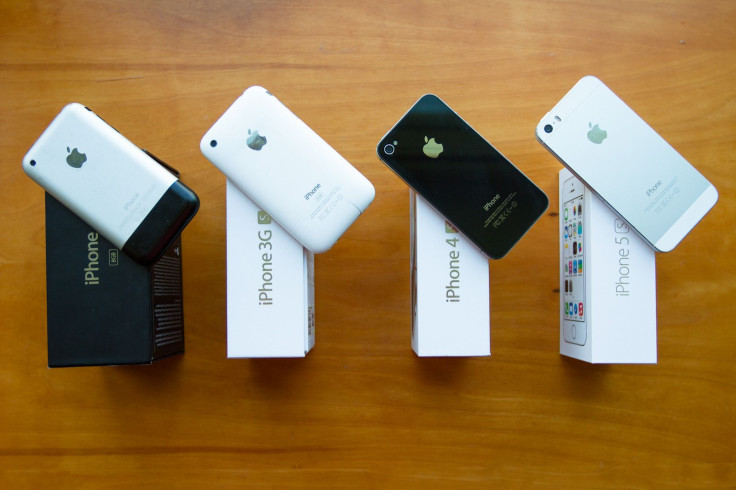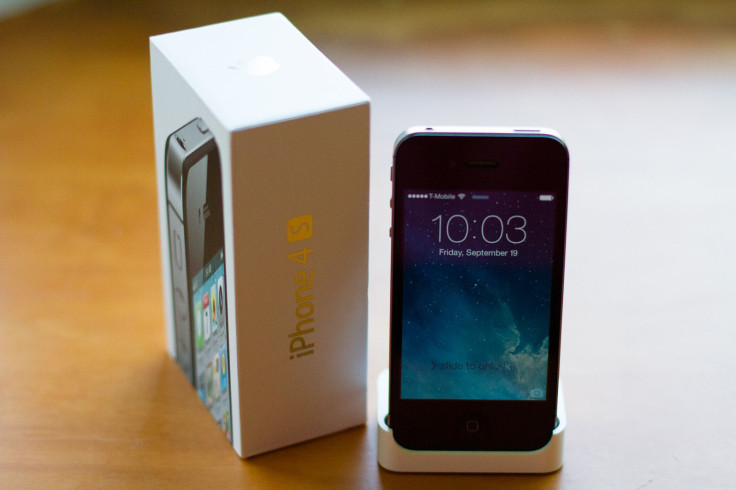iPhone 6 Photo Exclusive: See How Apple’s Iconic Phone Changed Over Time

The iPhone and the packaging it ships in have come a long way since the gadget's 2007 debut. Amid Friday's arrival of the iPhone 6 and 6 Plus, it's worth recalling how the iPhone has evolved.
We looked back at previous models, tracing the iPhone's evolution over time to see just how much the smartphone has changed in only seven years:
iPhone (2007)

Apple released the first iPhone in 2007. It came with a tiny amount of flash storage--4GB or 8GB. While it was small in virtual storage, its 2.75-inch deep box was clearly designed to pack a lot more. Included with the 8GB iPhone were not only headphones with a built in microphone, but also a dock, USB wall adapter similar to the one included with iPads and a metal SIM ejector tool.
It also came with a whopping price tag, starting at $499 for the 4GB model and $599 for the 8GB. Apple quickly dropped the price down to $399 a few months later.
iPhone 3G and 3GS (2008/2009)

Apple’s successor to the first iPhone came with more curves and sported plastic instead of aluminum. But missing from the slimmer 2.25-inch box was the previously included dock and the full-sized power adapter, which was replaced with a more compact version. This reflected the significant price drop for the iPhone 3G, which started at $199 for 8GB and $299 for 16GB.
The iPhone 3GS, which came a year later, saw similar accessories included in the package, but Apple still managed to reduce the size of the box more to two-inches even.
iPhone 4 and 4S (2010/2011)

The iPhone 4 was a huge departure from the original iPhone with its aluminum frame, glass front and back, along with the new high-resolution Retina display. While the iPhone 4’s thickness was reduced to 0.37 inches, down from the 0.47 inches of the 3GS, its packaging only saw a slight reduction down to 1.93 inches.
iPhone 5 and 5S (2012-2013)

The iPhone 5 was Apple’s answer to big screen phones that were starting to take over the smartphone market. But instead of going wider, the company went taller with its 4-inch display. Also included in the package were Apple’s EarPods, its redesigned headphones, and a Lightning USB adapter. While the smartphone’s size resulted in a larger box measuring 5.75 inches tall, the packaging continued to shrink down to a compact 1.75 inches thick.
iPhone 6 and 6 Plus (2014)

Apple’s iPhones went “bigger than big” this year with the iPhone 6 and 6 Plus. Previous iPhone boxes featured a photo of the smartphone front and center. But this year the company chose a different approach with an embossed imprint of the smartphone on the front of the box. Beyond that not much has changed inside the box, which includes the same accessories as the iPhone 5S.
iPhone 6 box! the phone is so cool!! pic.twitter.com/ULarGDPjJG
— Meela (@meelagarza) September 19, 2014
© Copyright IBTimes 2024. All rights reserved.












